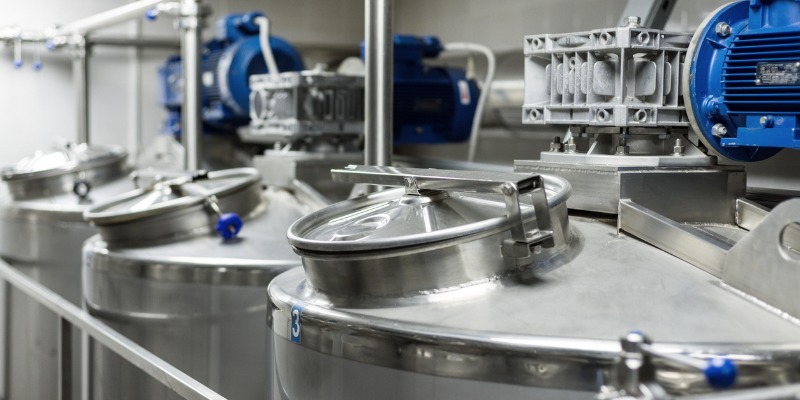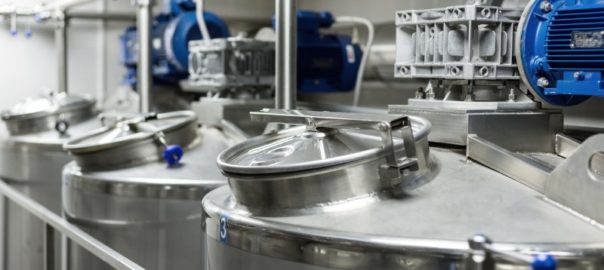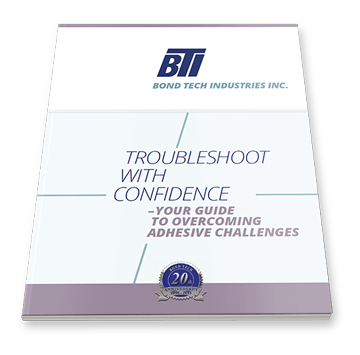
Many industries use water-based glues, including the woodworking, paper packaging, paper and labelling industries to name a few. Water-based adhesives come in many ‘flavours’ including PVA, PVOH, Rubber latex and Starch compositions.
Without getting too technical, we’re going to take a peek at what water-based adhesives are and how they’re made.
Let’s dive in!
What is Water-Based Adhesive?
It is an adhesive whose composition is water, polymers and other ingredients added to achieve the desired end result. When discussing water-based adhesives, they differ from other liquid adhesives that you have come across such as a cyanoacrylate (think crazy glue) or plumbing adhesives. As a result, water-based adhesives are simple to use, environmentally friendly, economical and for the most part, non-toxic. They are a reliable means of bonding one surface to another. A bond is created when the water component of the adhesive evaporates.
Types of Water-Based Adhesive
There are several different types of water-based adhesives available…we could not possibly cover all of them in this article so we will stick (pun intended) to those belonging in the paper and packaging industry. They include:
PVA/EVA/PVOH Glues
These are often referred to as resin glues, and they can include acrylic, copolymers, homopolymer or poly vinyl alcohol-based adhesives.
Oftentimes, a combination of the above are used to make an adhesive, such as a pva + pvoh. By far, the above ‘bases’ make up the majority of adhesives utilized in the field.
Some examples would include school glue, woodworking glues, case/carton sealing glues and tube winding glues.
Rubber Adhesives
These organic glues are made from natural rubber latex from the rubber tree…most of which is sourced from South America and beyond. They are used to bond paper, fabrics, envelopes, wood, money wraps, films, latex adhesive tape, bandages, and leather. One neat feature of a rubber-based adhesive is its cohesive properties. In fact, we do not always refer to it as an ‘adhesive’ but rather a ‘cohesive’ since in some of our formulations, when applied to two substrates and allowed to dry, they will only stick to each other and not to other substrates. An example of this would be your typical napkin band or a money wrap.
Dextrin/Starch Adhesives
These are vegetable starch-based adhesives, primarily used in the paper industry for labelling or laminating. Dextrin’s can be derived from corn, potato, tapioca and many other plant origins. They are very economical, easy to use and environmentally friendly for the most part.
Curious about water-based glues? Talk to our experts at Bond Tech Industries today!
How Do You Make Water-Based Glue?
Each of the types of glue we mentioned is made differently, depending on its ingredients, order of addition, heat or no heat required and type/size of mixing equipment.
PVA/EVA/PVOH glue: Water and other ingredients such as preservatives are mixed with ethylene-vinyl acetate (EVA), polyvinyl acetate (PVA) or polyvinyl alcohol. These products can usually be manufactured without heat (cook) and can be made into a ready-to-use or concentrate product that is packaged in pails, drums, totes and even tankers.
Latex or rubber adhesives: Like the above, Rubber adhesives are made cold. Special care is needed to ensure a stable product is achieved.
Dextrin adhesives: Since the feedstock for dextrin’s are dry vegetable starches, they need to be added to water and cooked at high temperatures to produce a usable adhesive. As a result, they take longer to make.
Want to Know More About the Water-Based Adhesive Manufacturing Process?
If you want to know more about the water-based adhesive manufacturing process, ask the experts at Bond Tech Industries. Let us know what you need, and we’ll be happy to help.






